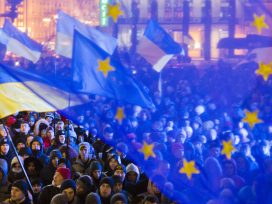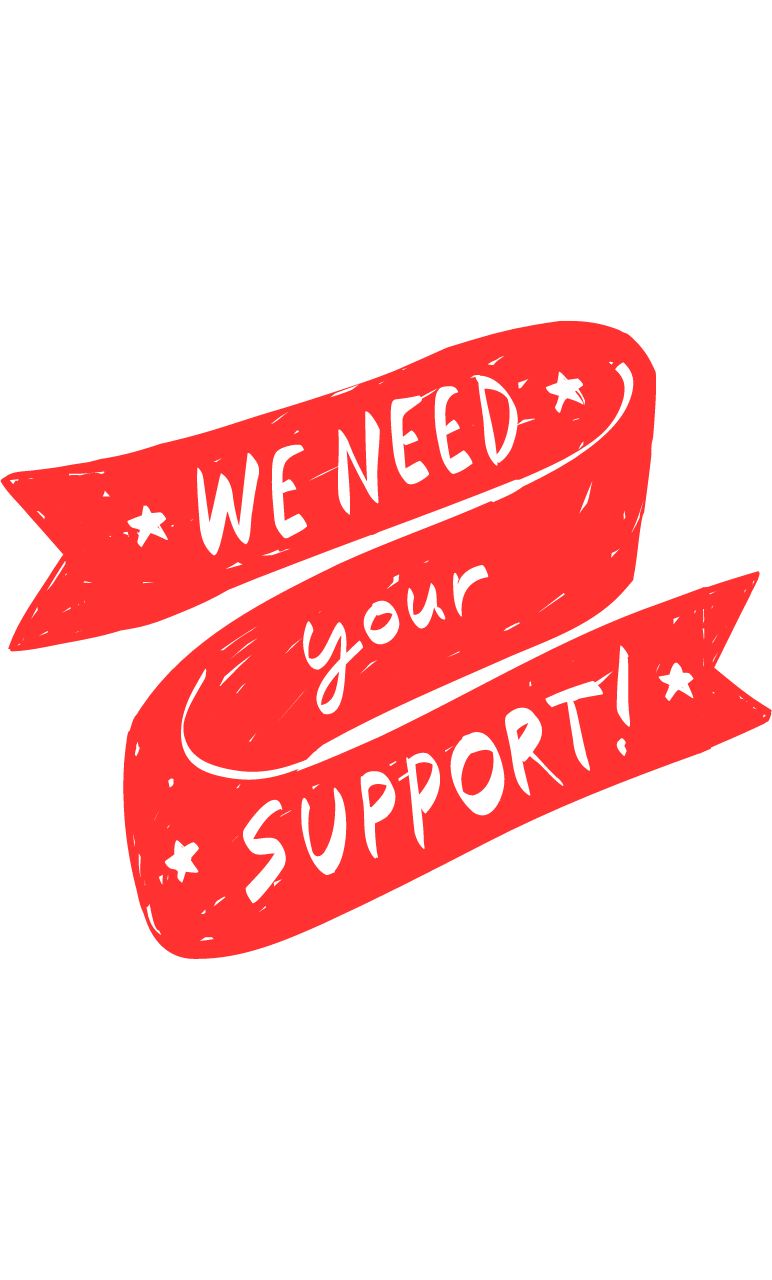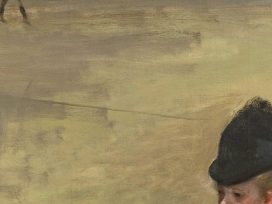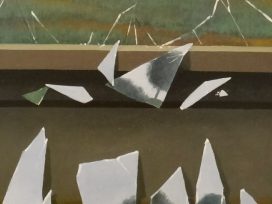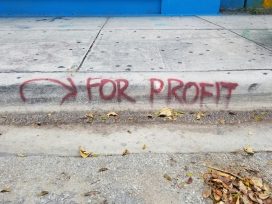Monter sur les montagnes russes
Depuis le référendum d’indépendance de l’Ukraine en 1991, le pays a connu son lot de hauts et de bas. Au cours des trente dernières années, les artistes ukrainiens ont exploré les questions d’identité parmi les ruines de l’utopie, mais n’ont été reconnus que récemment.
Published 20 December 2021
In collaboration with
In focal points
Newsletter
Subscribe to know what’s worth thinking about.
Related Articles
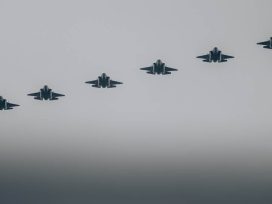
Russian drones entering Polish airspace, militarily seen as intensified provocation rather than open warfare, have nevertheless provoked costly responses – both from NATO’s air defence systems and civilian reactions to disinformation. A war correspondent’s view of what can be done technologically – for greater military efficiency and improved civil defence.
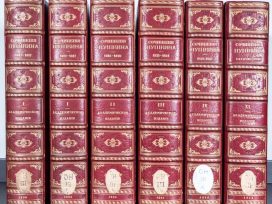
Imperial Russia saw the nation as the sea into which all the other Slavic cultures flowed. The idea persists today not only in Russia’s attitude towards its neighbourhood, but also in the way eastern Europe is studied in the West.

